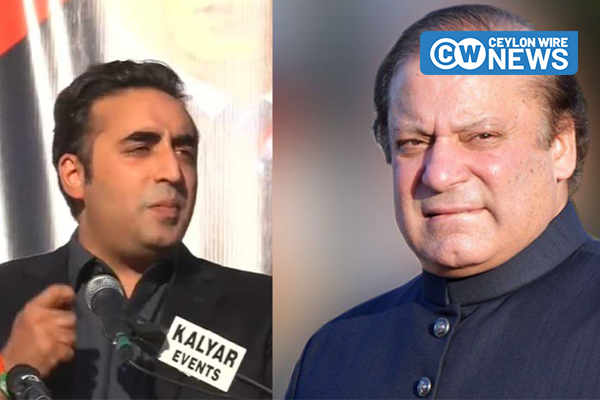In a significant political development, the parties led by Nawaz Sharif and Bilawal Bhutto in Pakistan have reached an agreement to form a government following last week’s elections. The Pakistan Peoples Party (PPP), led by Bilawal Bhutto, announced its intention to support Nawaz Sharif’s Pakistan Muslim League-Nawaz (PML-N) in electing a prime minister.
This collaboration marks a departure from the previous coalition between the two parties that ousted Imran Khan from power in 2022. Independent candidates supported by Khan’s Pakistan Tehreek-e-Insaf (PTI) unexpectedly secured the most seats in the recent elections.
Addressing a press conference, PPP leader Asif Ali Zardari highlighted that, despite having contested against each other, the PPP and PML-N had joined forces in the national interest. Zardari emphasized that cooperation was crucial for the well-being of the nation, stating, “It is not necessary that [we fight] forever.”
The PML-N echoed this sentiment in a statement, noting that both parties had agreed to collaborate for political stability.
The election results, with PTI-backed independent candidates securing 93 out of 266 directly elected seats, left uncertainty among voters regarding the composition of the next government. PML-N won 75 seats, securing second place, while PPP secured the third position with 54 seats.
Additionally, parties will be allocated more seats from the 70 reserved for women and non-Muslims, not available to independent candidates.
PML-N official Marriyum Aurangzeb indicated that Nawaz Sharif plans to nominate his brother Shehbaz as the prime minister. Both brothers have previously served as prime ministers.
While Bilawal Bhutto expressed his party’s commitment to help elect a PML-N prime minister, he clarified that PPP would not take any cabinet positions.
Meanwhile, Imran Khan and the PTI continue to allege electoral rigging, expressing their intention to challenge the election results. Khan warned against the formation of a government based on what he termed “stolen votes,” emphasizing the potential negative impact on the country’s economy.









